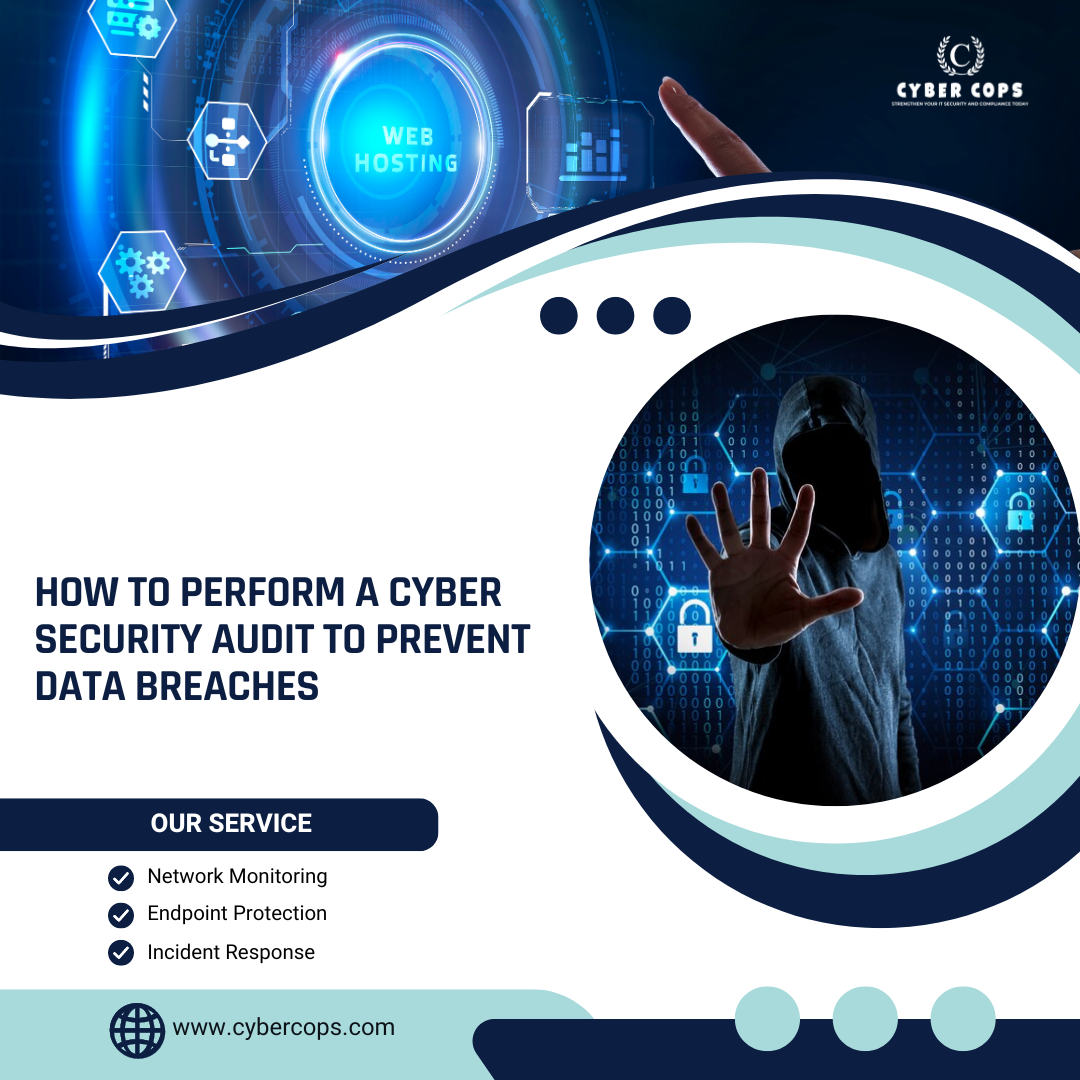Cyber Cops is well aware of the fact that large-scale data breaches are flooding headlines. Various security incidents like ransomware and supply chain attacks are becoming more strategic by the day. Organizations that fail to address their cybersecurity concerns in such a landscape will inevitably suffer a data breach. Cyber Cops give you complete visibility over your entire cybersecurity process. This helps to address security gaps, identify threats, solidify prevention, and take measures against cyber-attacks.
Step 1: Establish Audit Objectives and Scope Before beginning the audit process, it's essential to define clear objectives and scope. Determine the specific areas of your organization's IT infrastructure, systems, and processes that will be assessed during the audit. Consider factors such as network security, access controls, data encryption, employee training, and compliance requirements. Clearly outlining the audit's goals and boundaries will ensure a focused and effective assessment.
Step 2: Identify Assets and Data Next, compile a comprehensive inventory of your organization's digital assets and sensitive data. This includes hardware devices, software applications, databases, cloud services, and any other resources that store or transmit confidential information. Classify data based on its level of sensitivity and criticality to the business. Understanding where data resides and how it is accessed is essential for identifying potential security risks.
Step 3: Assess Security Controls and Policies Evaluate existing security controls, policies, and procedures to determine their effectiveness in mitigating cyber threats. This includes reviewing access controls, firewalls, antivirus software, encryption methods, incident response plans, and employee training programs. Assess adherence to industry standards and regulatory requirements, such as GDPR, HIPAA, or PCI DSS. Identify gaps or weaknesses in security measures that could expose your organization to vulnerabilities.
Step 4: Conduct Vulnerability Scans and Penetration Testing Perform vulnerability scans and penetration testing to identify weaknesses in your organization's IT infrastructure and applications. Use automated scanning tools to detect known vulnerabilities in network devices, servers, and software systems. Additionally, conduct penetration tests to simulate real-world cyber attacks and assess the effectiveness of security controls in detecting and mitigating threats. Analyze the results of these tests to prioritize remediation efforts and strengthen your organization's defenses.
Step 5: Review Security Incident Response Plans Review and update security incident response plans to ensure your organization is prepared to effectively respond to cyber security incidents. Evaluate procedures for detecting, containing, and mitigating security breaches, as well as communication protocols for notifying stakeholders and regulatory authorities. Conduct tabletop exercises or simulations to test the effectiveness of incident response plans and identify areas for improvement.
Step 6: Document Findings and Recommendations Document the findings of the cyber security audit, including identified vulnerabilities, areas of non-compliance, and recommendations for remediation. Provide clear and actionable guidance for addressing security gaps and strengthening controls to mitigate risks. Prioritize recommendations based on the severity of potential impact and allocate resources accordingly to address high-priority issues promptly.
Step 7: Implement Remediation Actions Collaborate with relevant stakeholders to implement remediation actions based on the findings of the audit. This may involve patching software vulnerabilities, updating security configurations, enhancing employee training programs, or investing in additional security solutions. Monitor progress and ensure that remediation efforts are completed in a timely manner to reduce exposure to cyber threats.
Step 8: Cyber Security is an ongoing process that requires continuous monitoring and adaptation to evolving threats. Establish mechanisms for monitoring security controls, detecting suspicious activities, and responding to emerging threats in real-time. Stay informed about the latest cyber security trends, technologies, and best practices, and regularly update security policies and procedures to align with changing requirements.


No comments yet